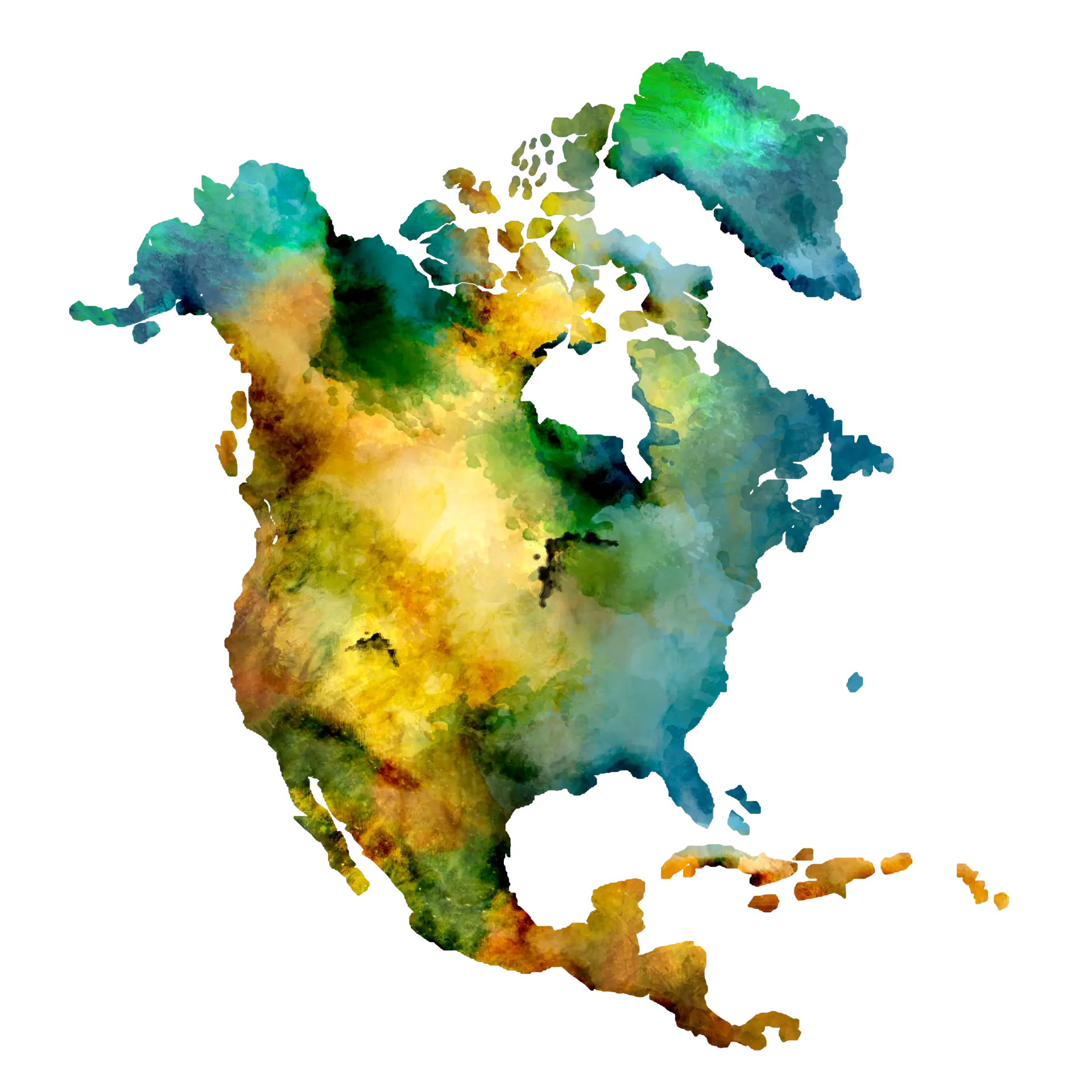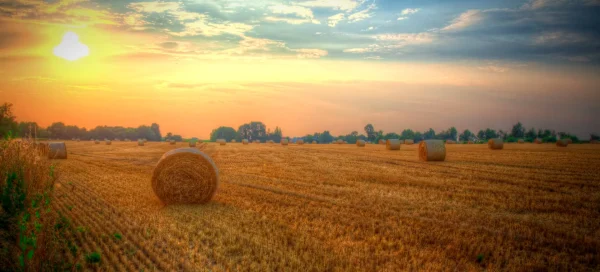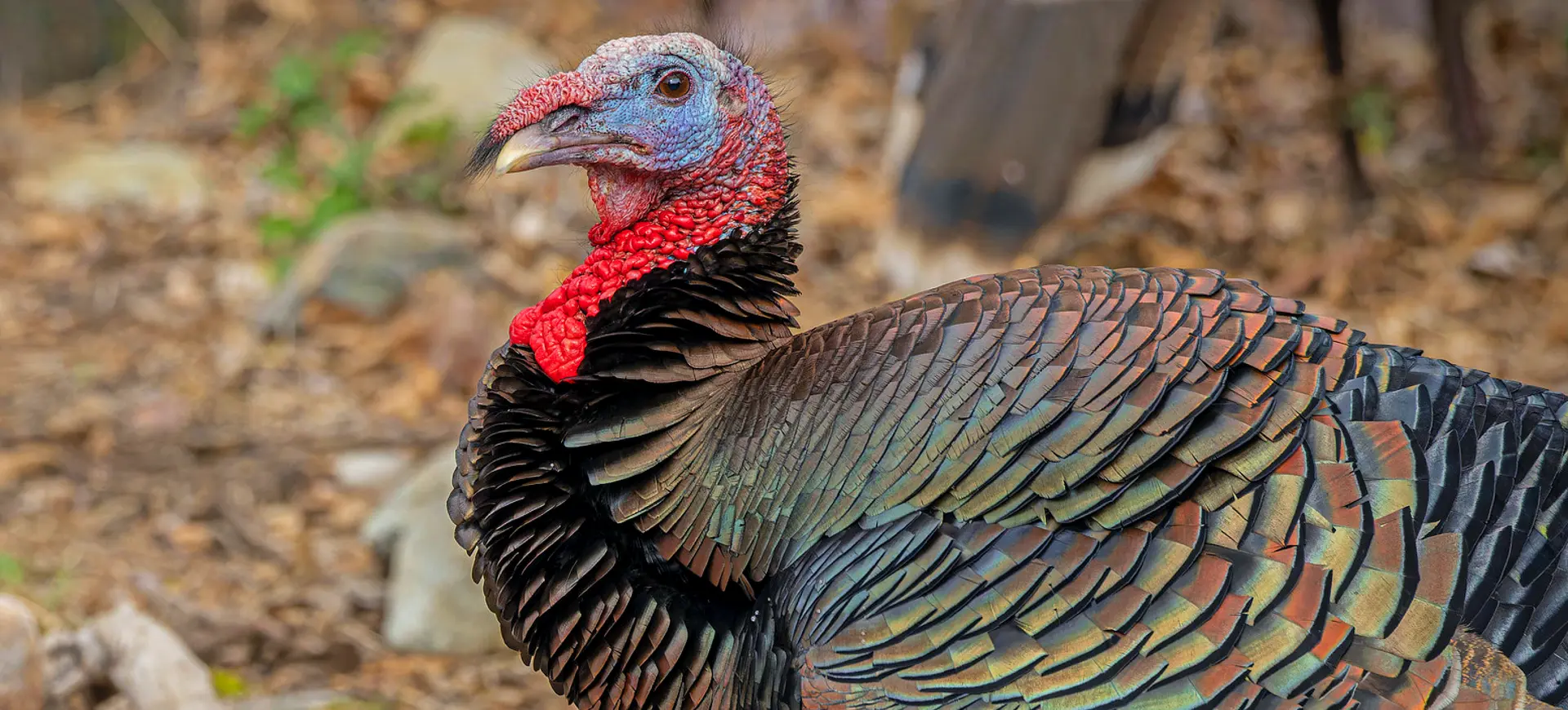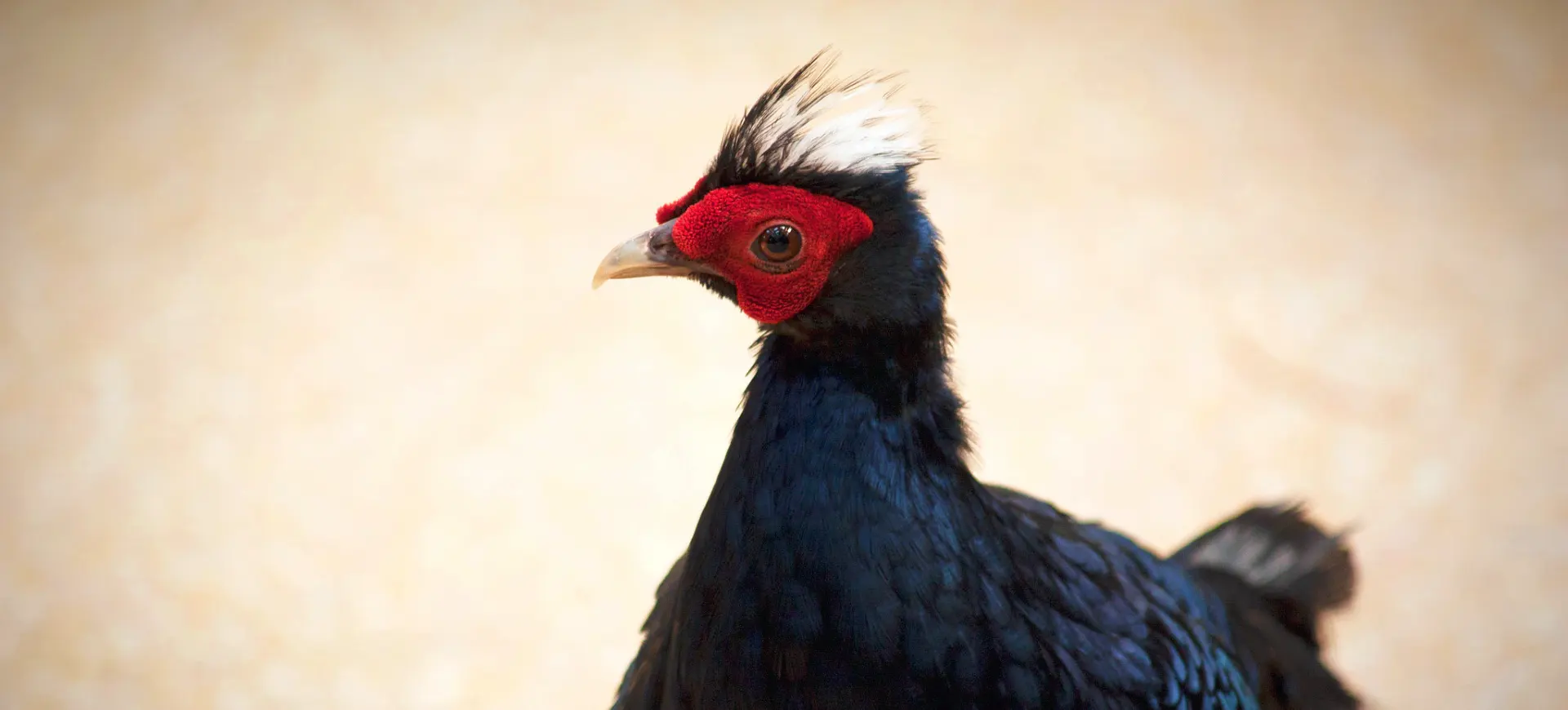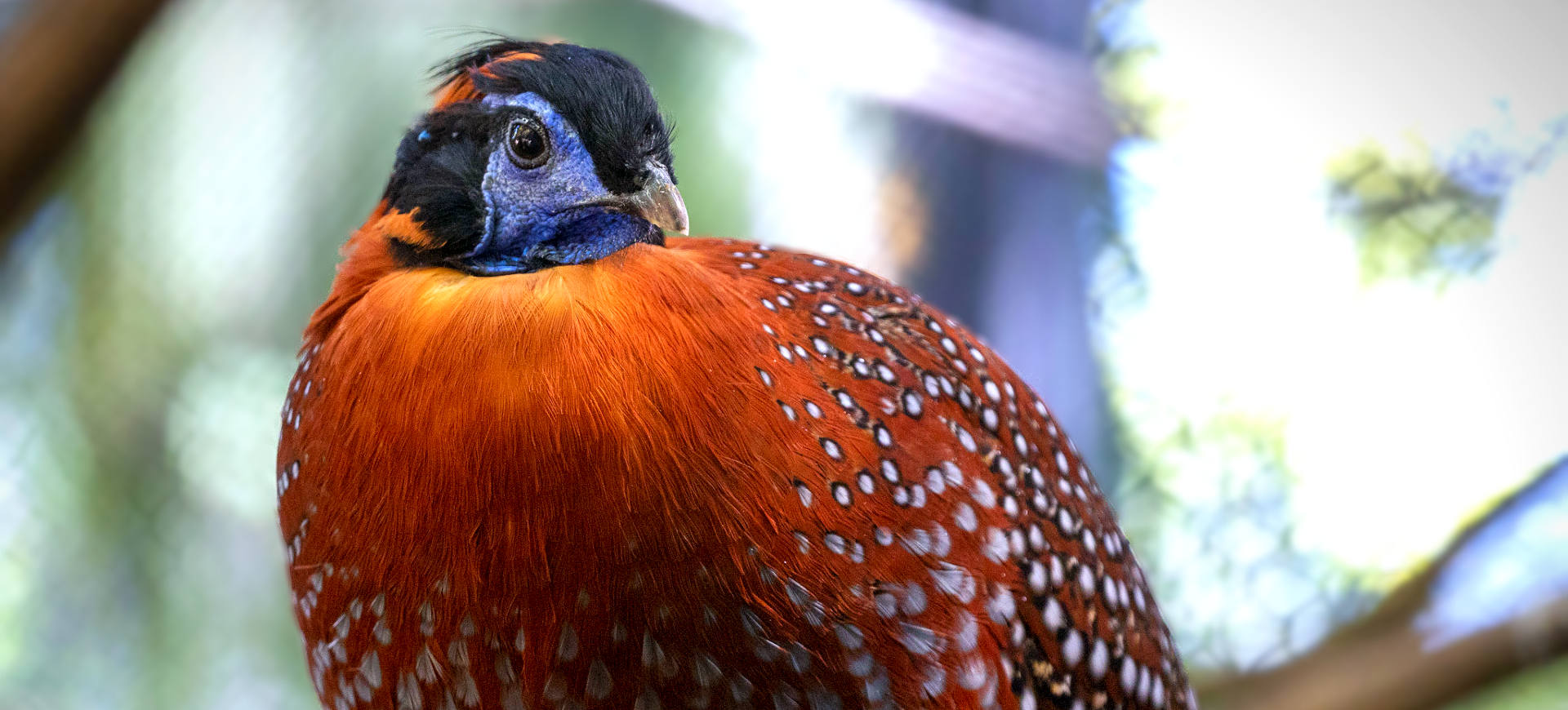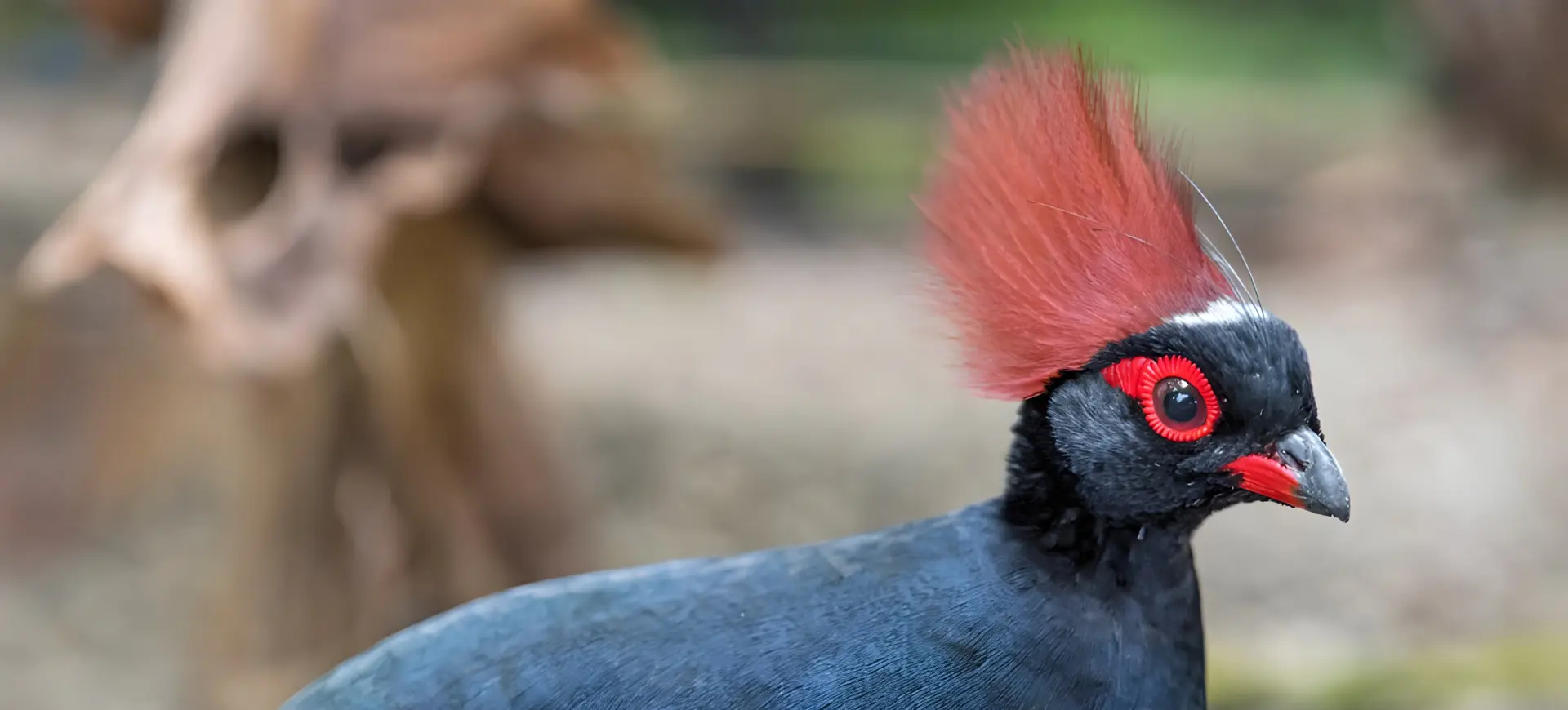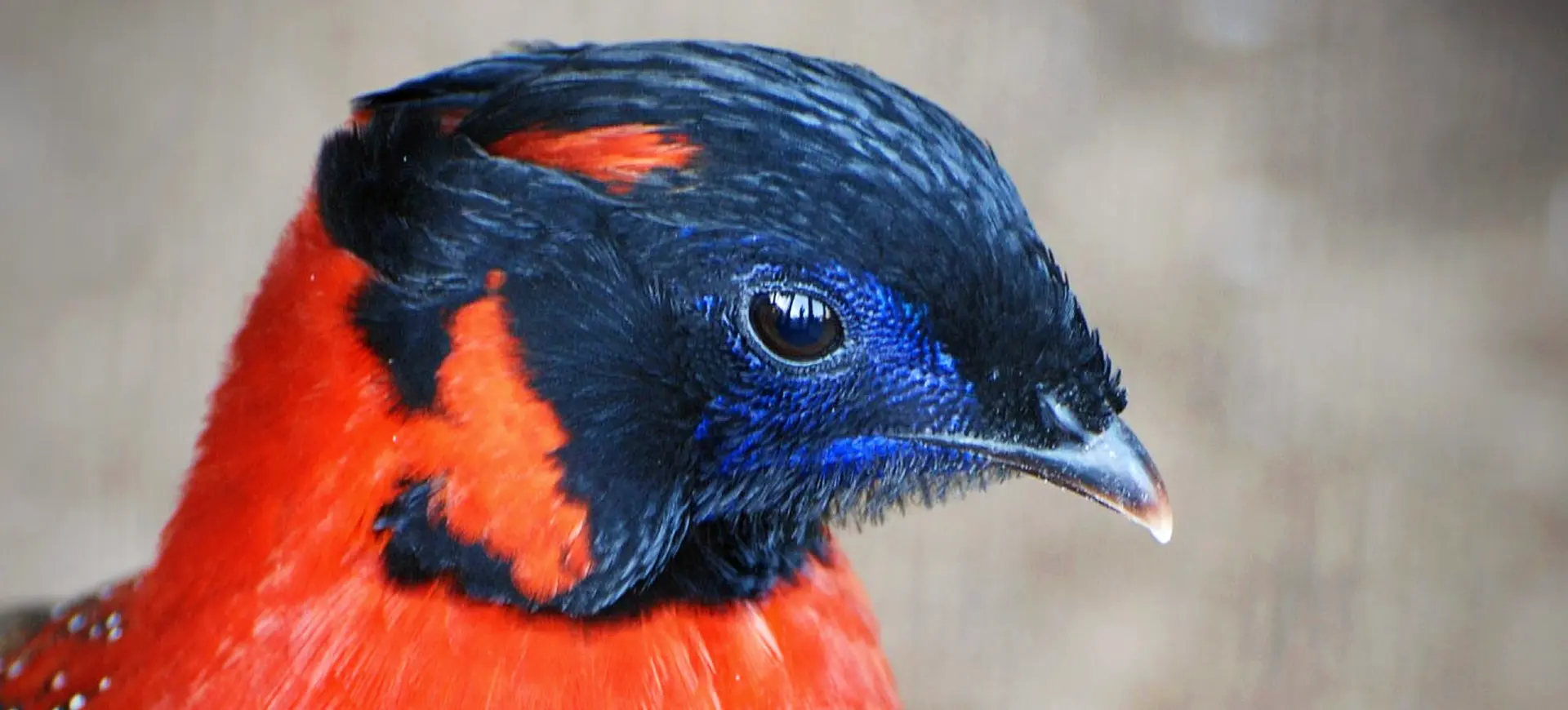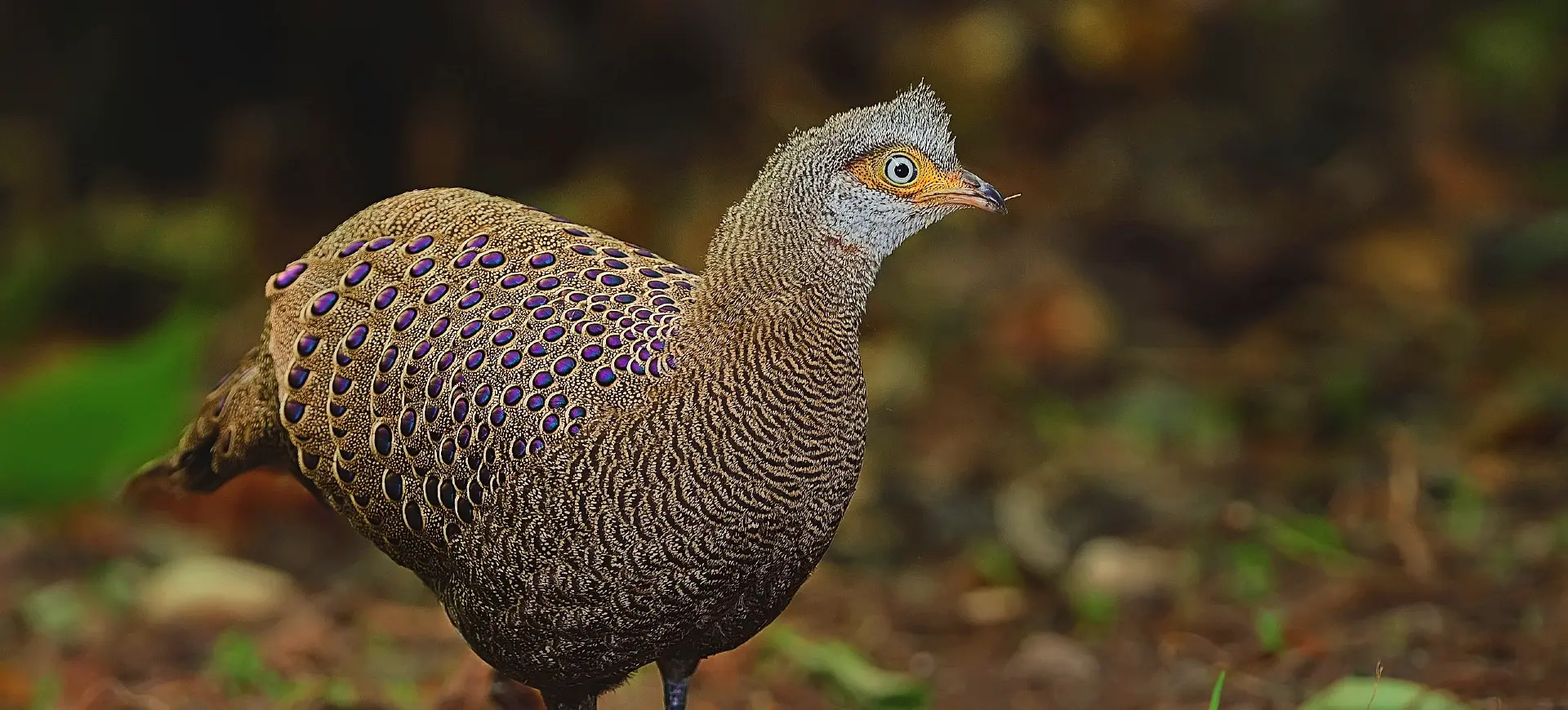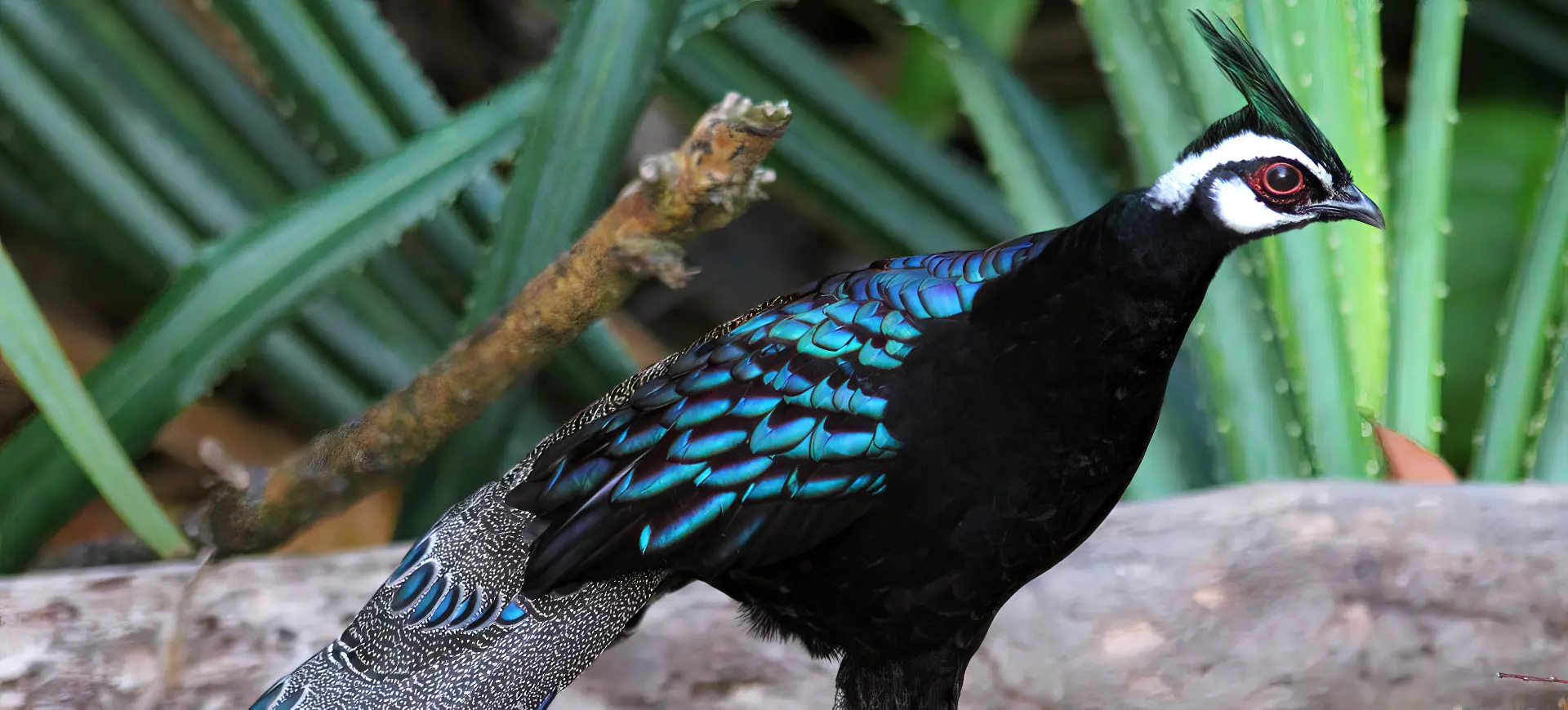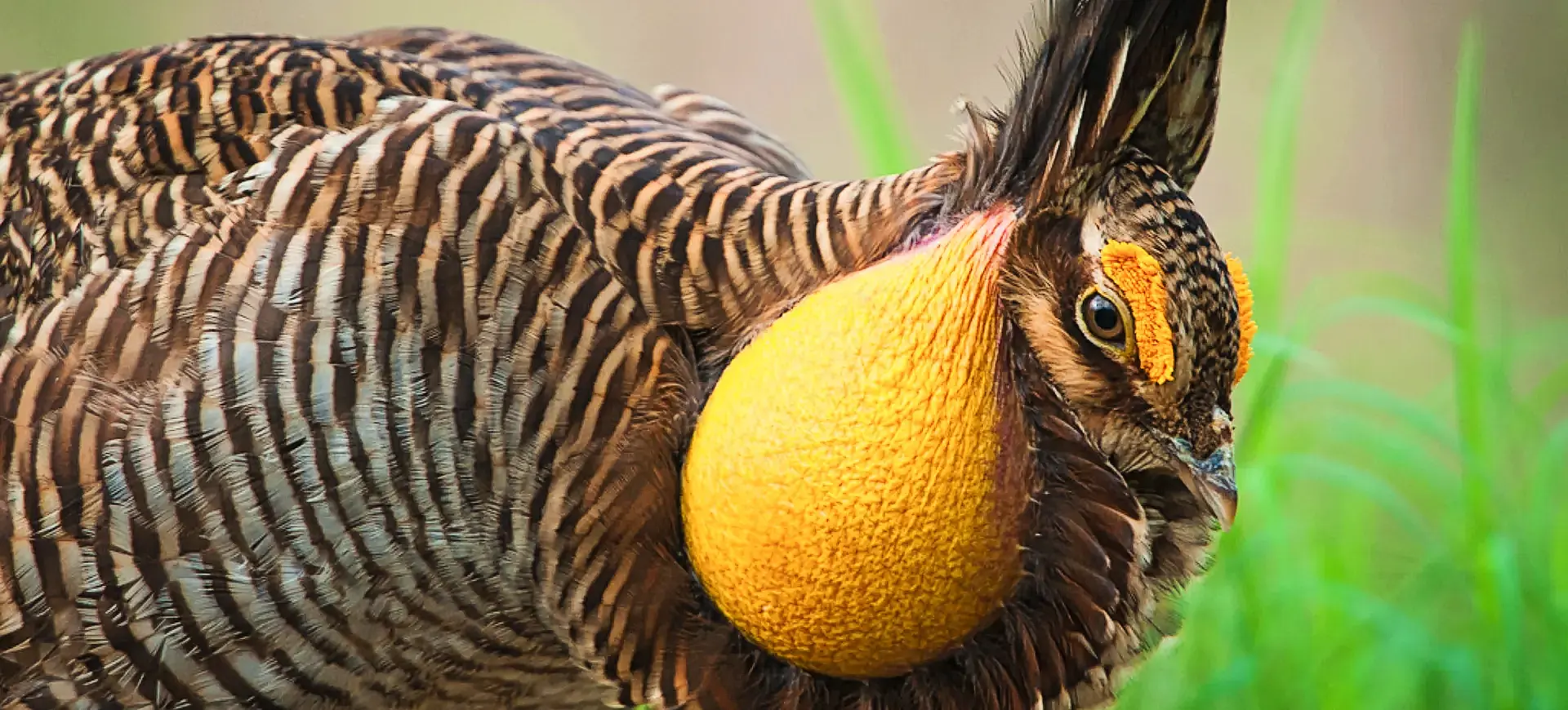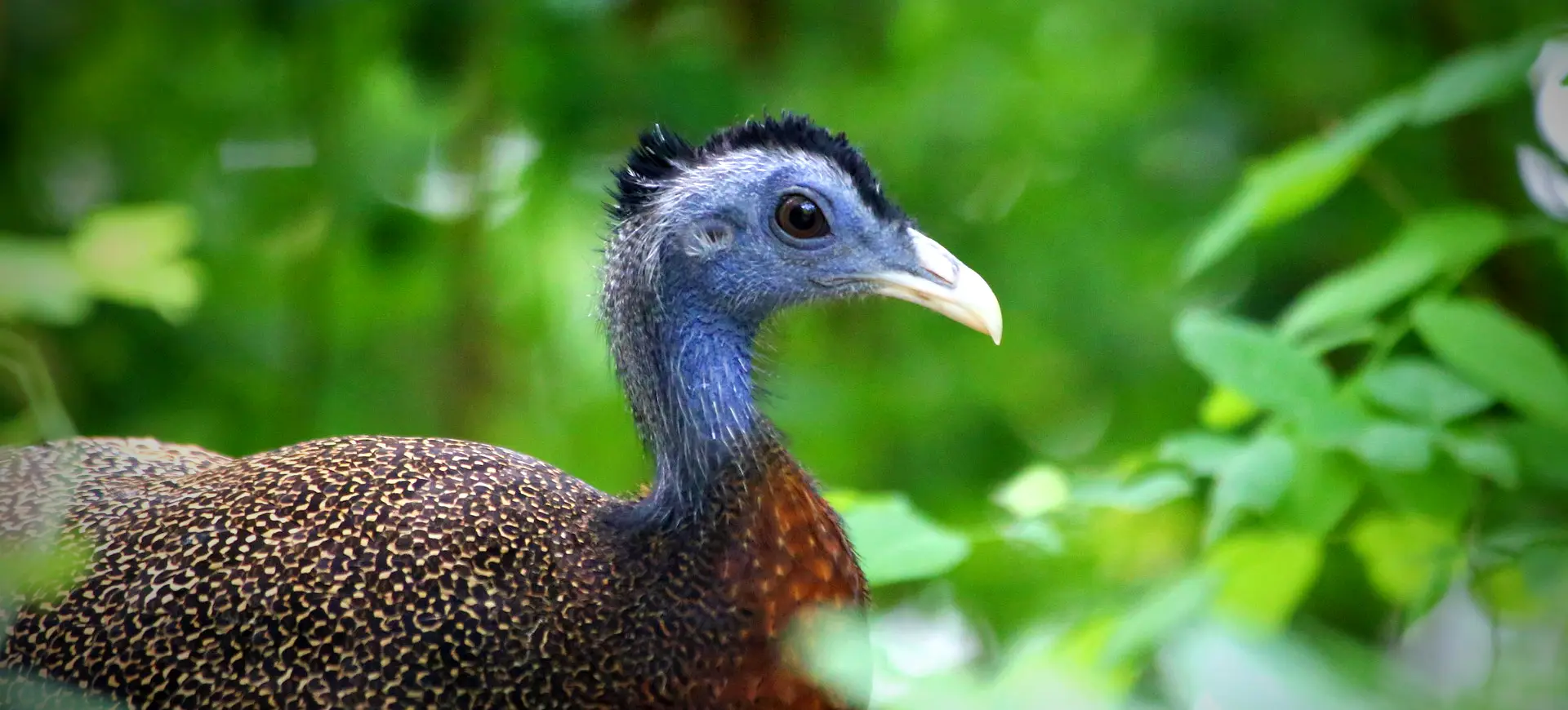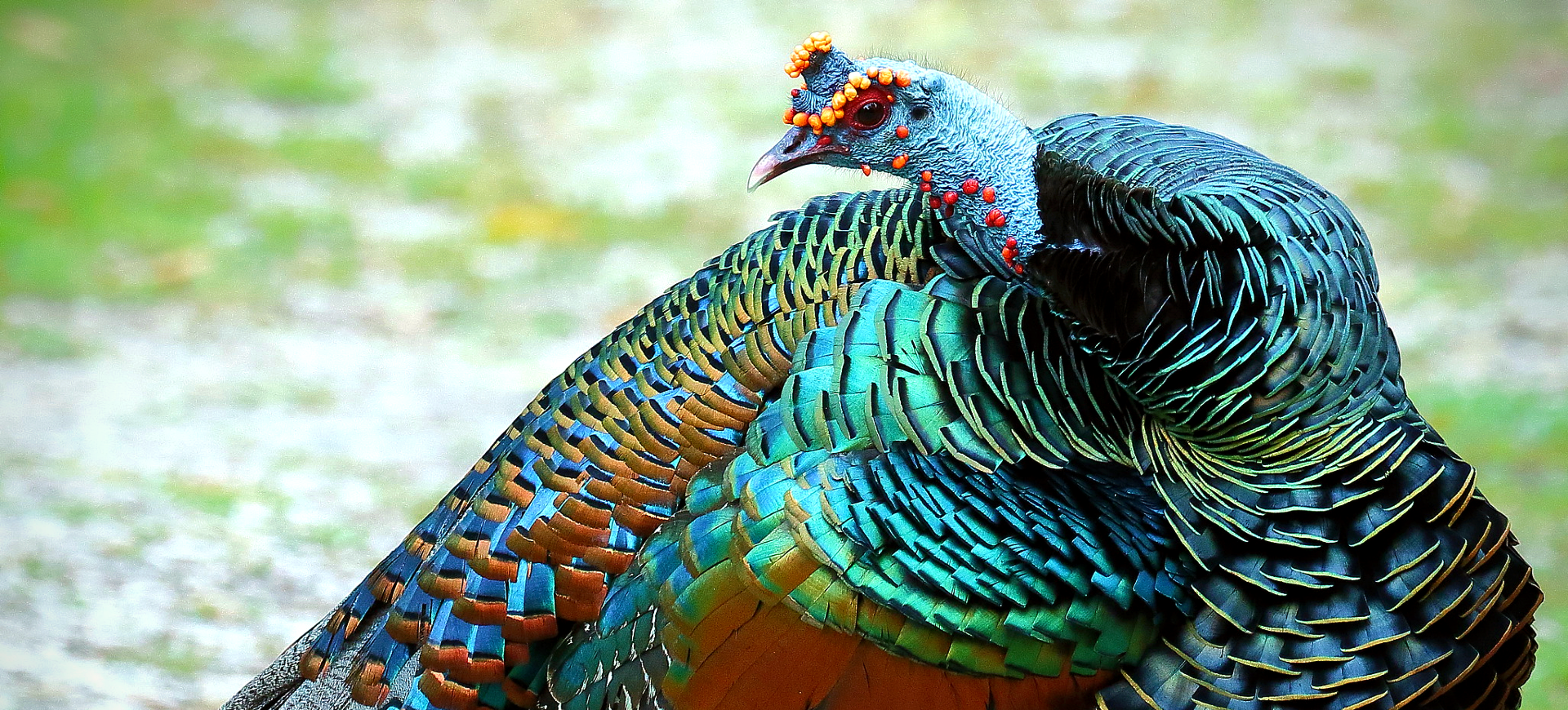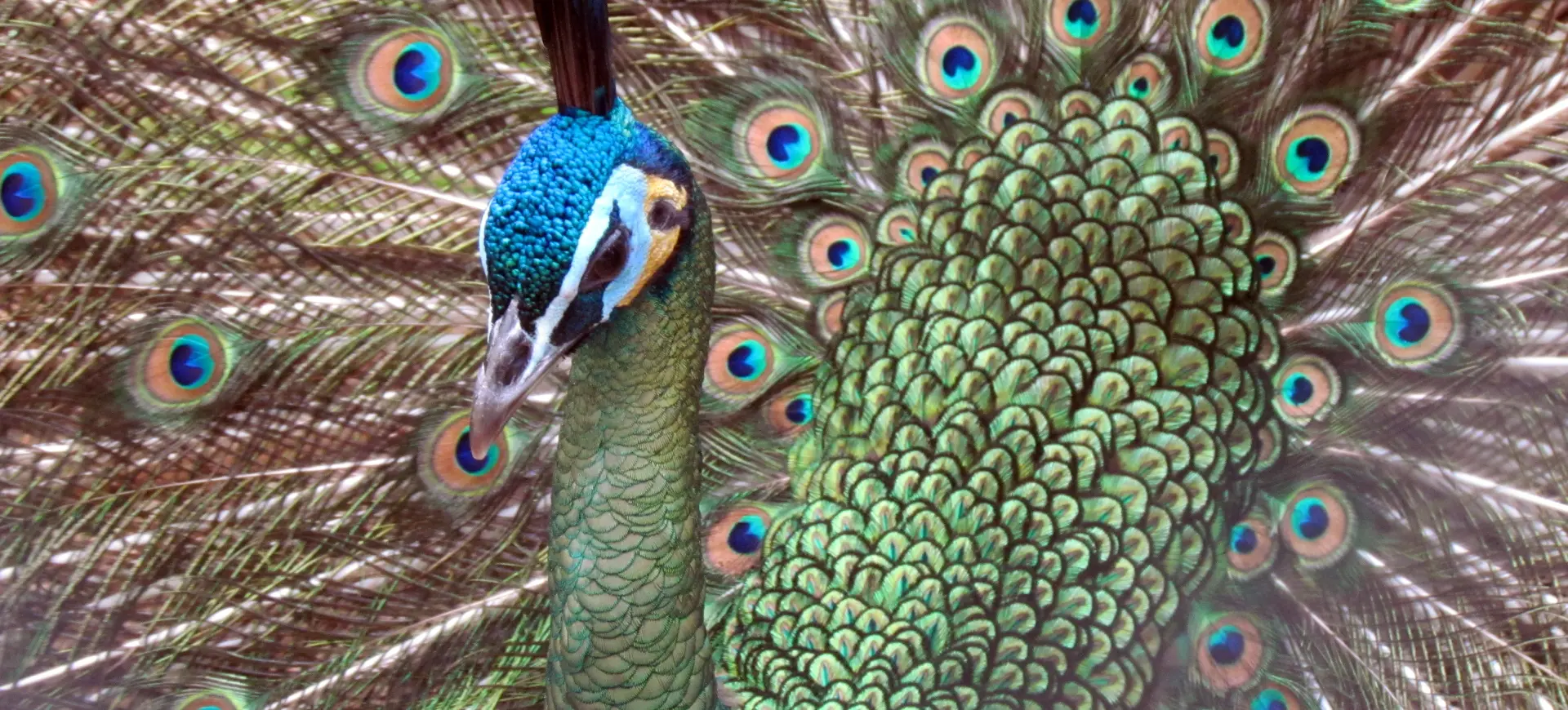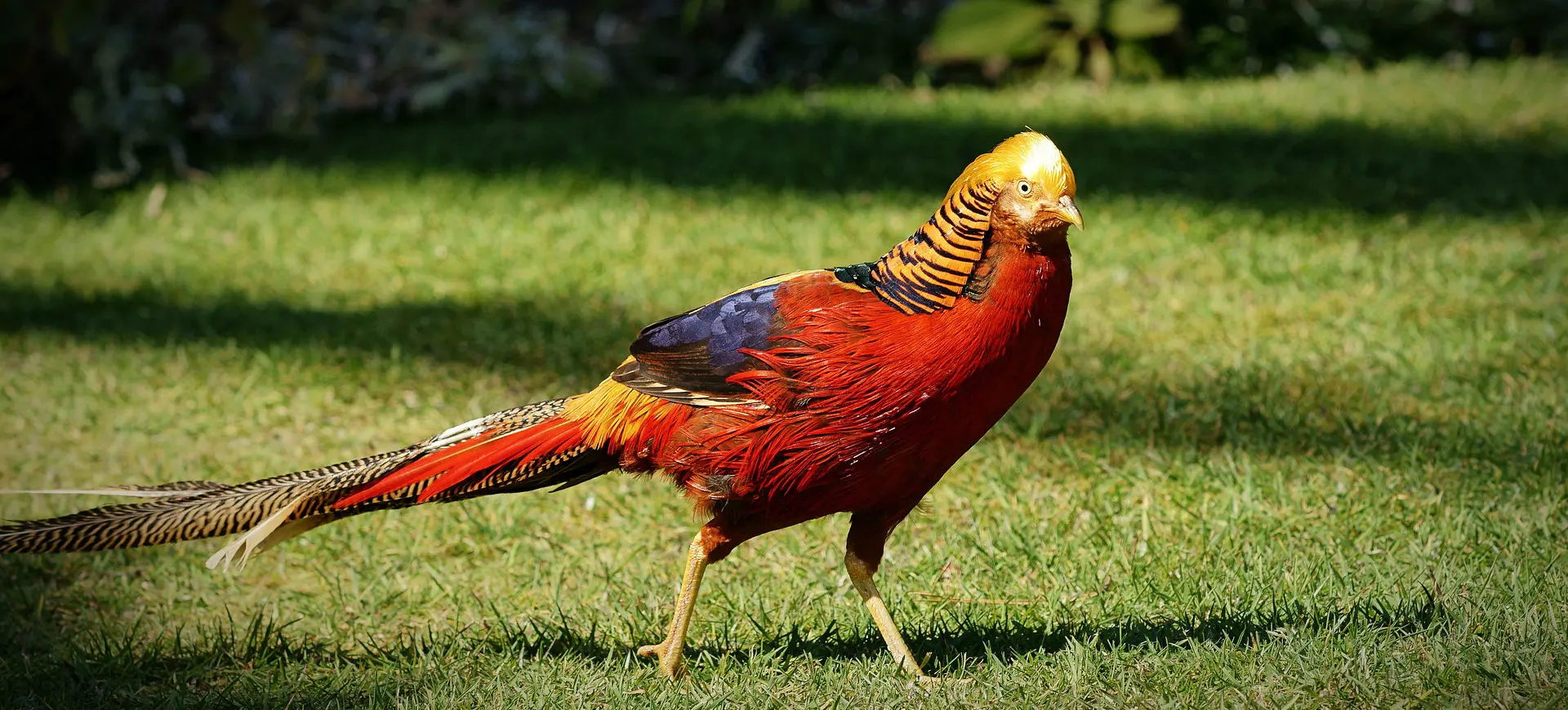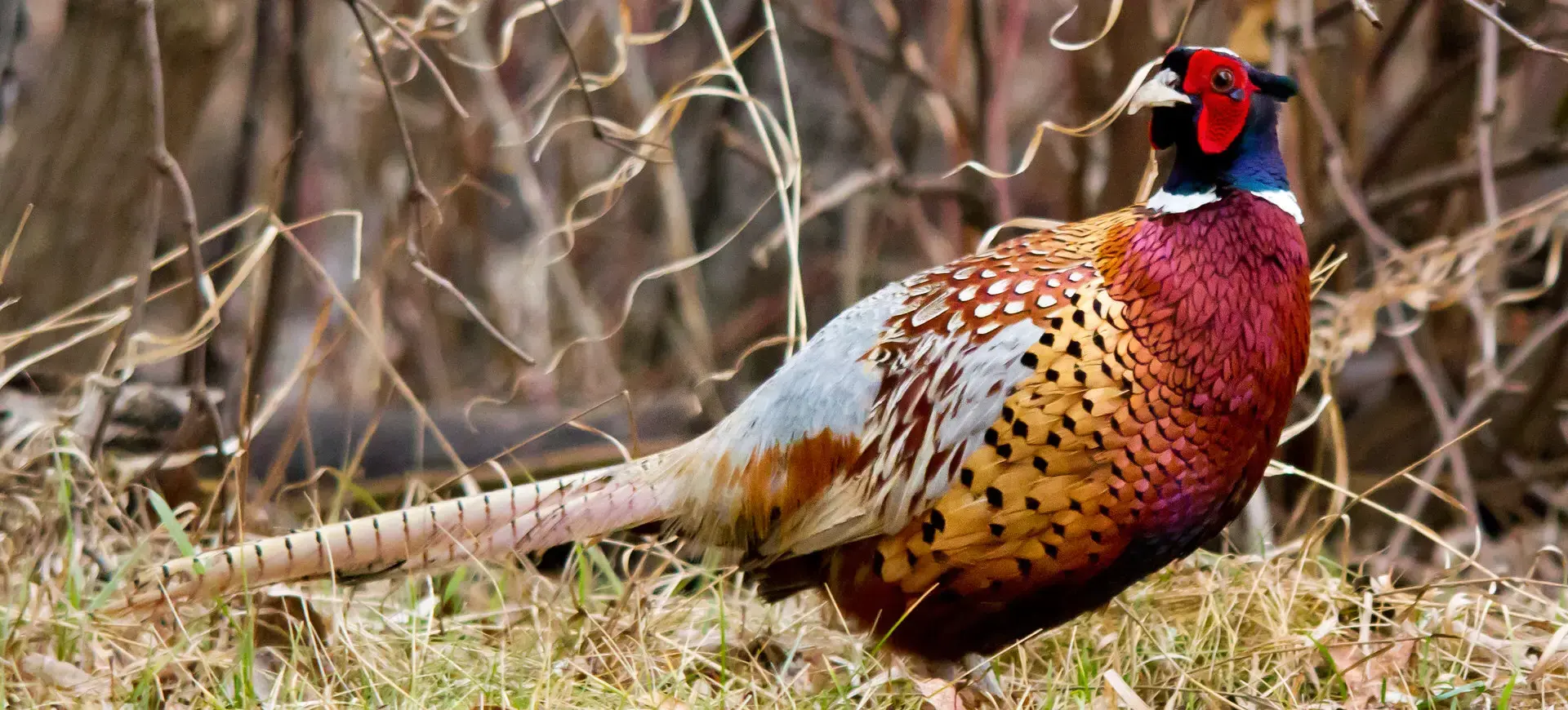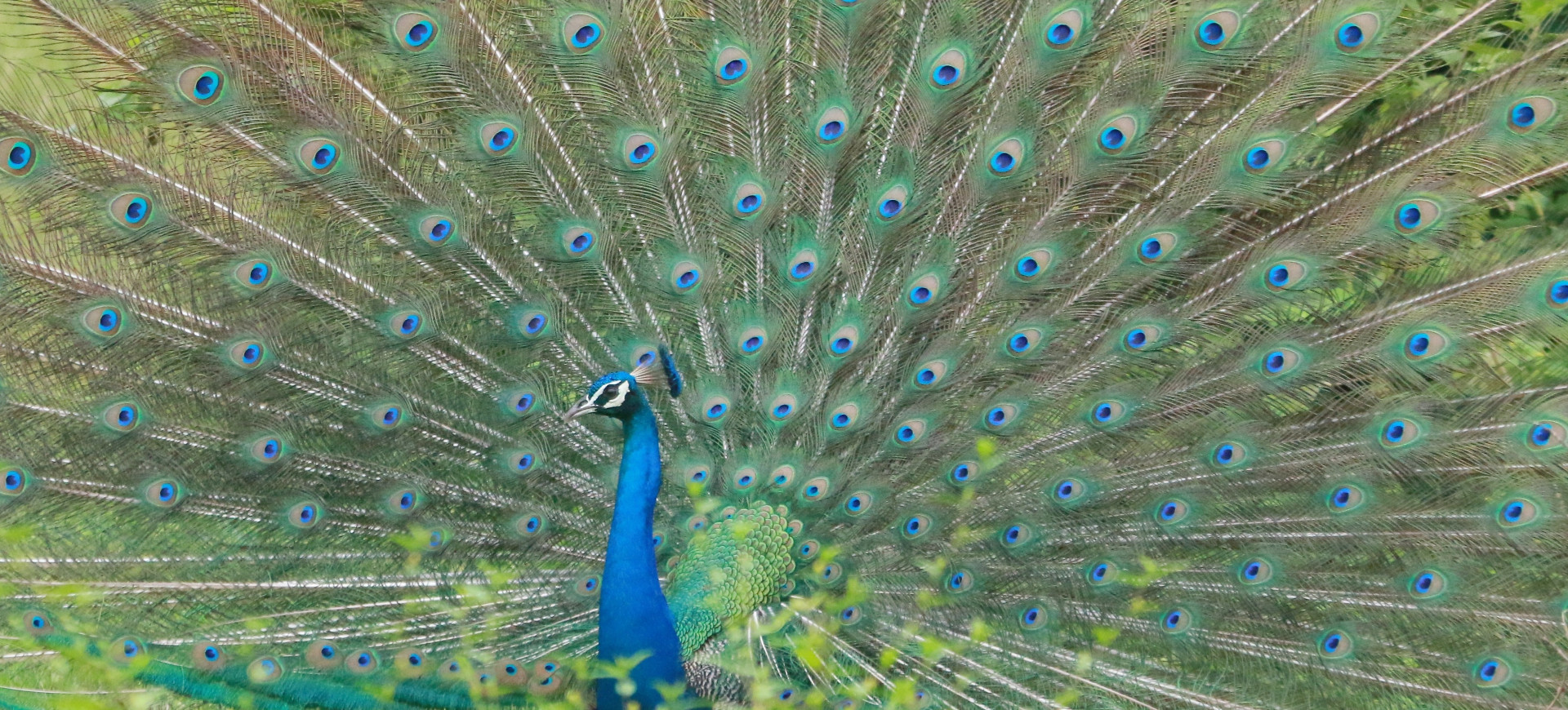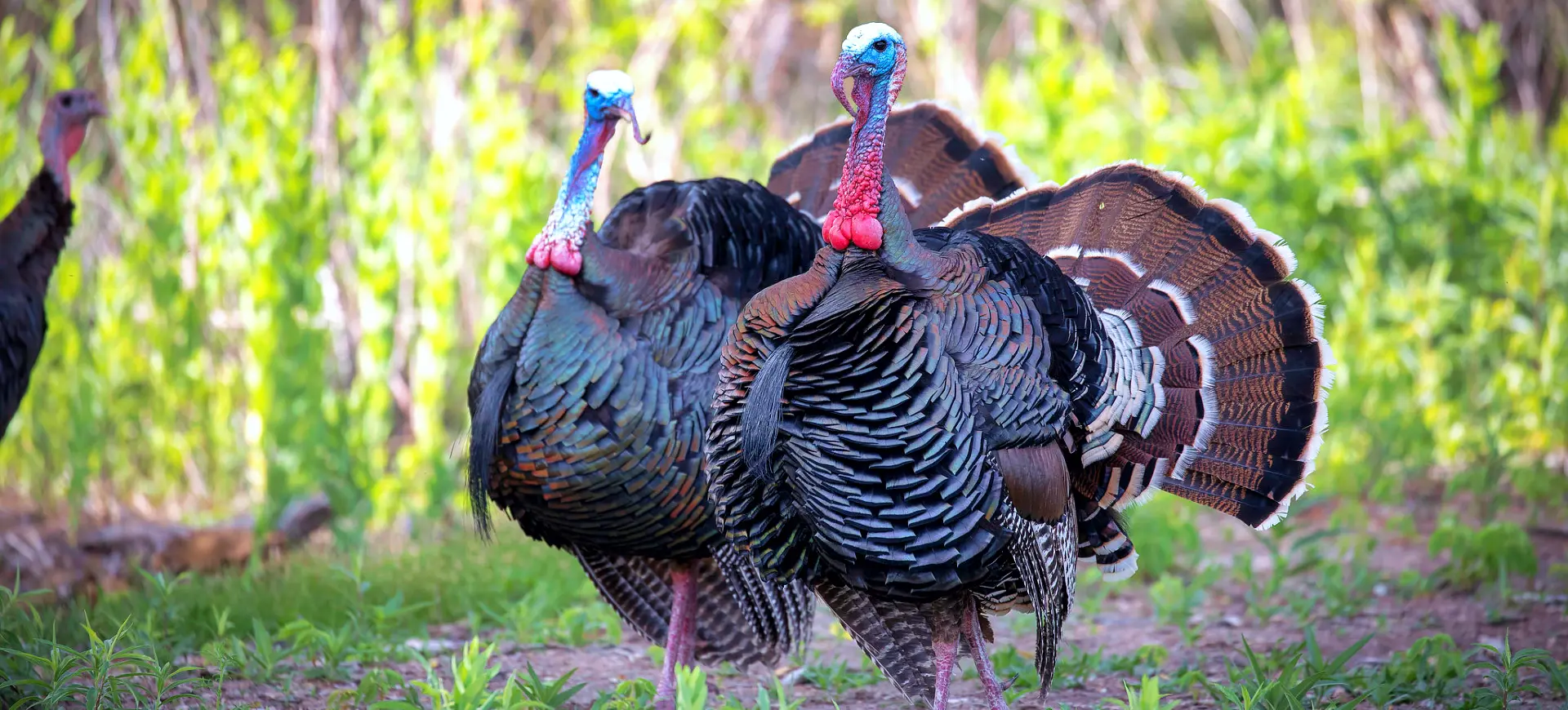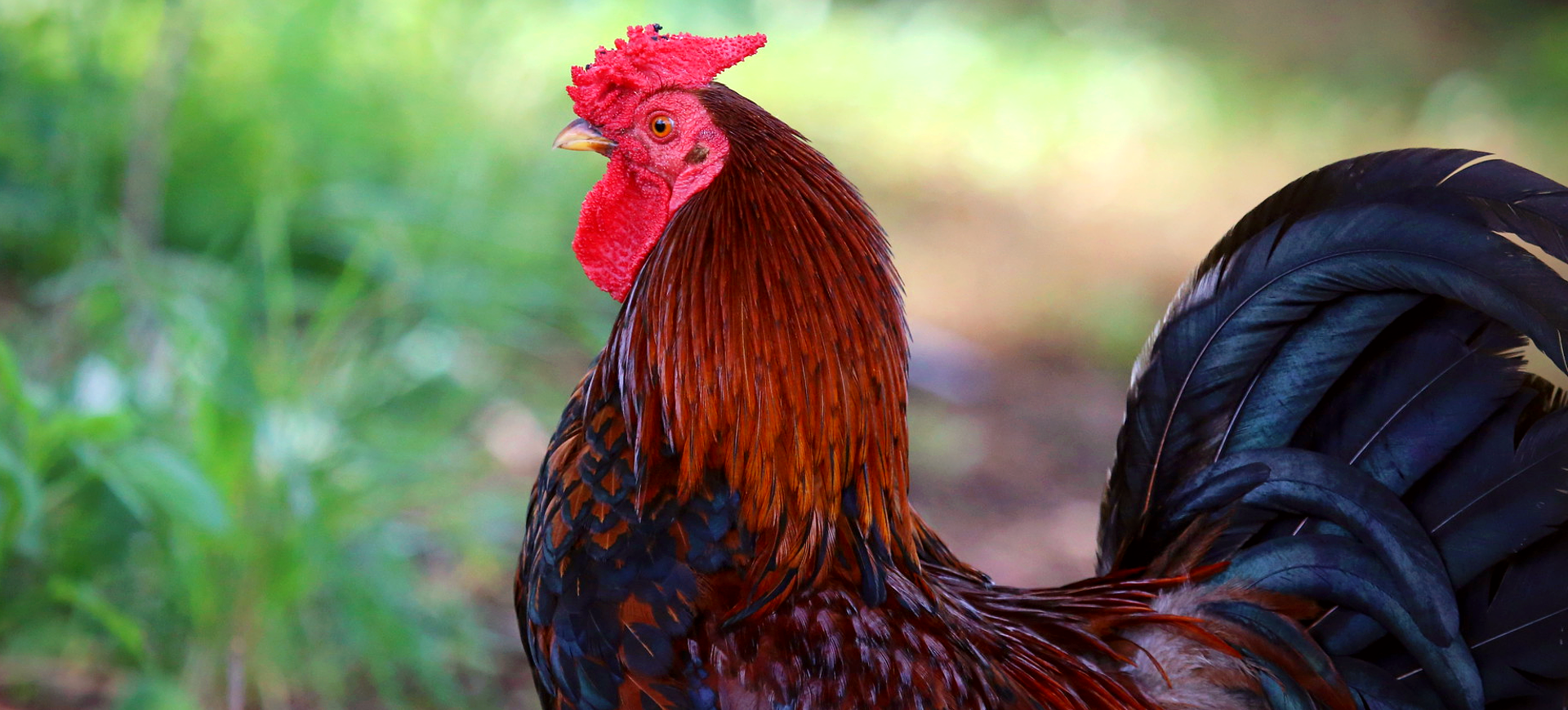Overview
The Narragansett Turkey is a heritage breed of domestic turkey, named after the Narragansett Bay in New England, where it was developed. It is distinguished by its unique color pattern, featuring a predominantly gray and black body with white feather bars and a tail band, setting it apart from other turkey breeds. The breed originated from a cross between wild turkeys indigenous to New England and domestic turkeys brought to America by European settlers. Known for its calm disposition and good maternal instincts, Narragansett Turkey has been a favored choice for small farms and homesteads, and it is appreciated for its meat and its role in traditional American poultry farming.
Narragansett Turkeys are celebrated for their hardiness and ability to forage, making them an excellent choice for free-range farming systems. They can reproduce naturally, a trait that has become less common in commercial turkey breeds designed for maximum meat production. This breed is also recognized for its moderate size, contributing to its agility and foraging efficiency. Despite their historical popularity, Narragansett Turkeys have experienced a decline in numbers due to the rise of industrial turkey farming, leading to efforts aimed at conserving and reviving this heritage breed.
Today, Narragansett, Turkey, is valued for its contribution to biodiversity, preserving heritage breeds, and cultural significance in American history. Small-scale farmers, sustainable agriculture advocates, and heritage breed enthusiasts champion Narragansett Turkey for its exceptional taste, slower growth rate, and the benefits it brings to ecological farming practices. These turkeys are increasingly found in backyard flocks and sustainable farms, where they continue to charm with their striking appearance and friendly nature. The conservation of the Narragansett Turkey represents a commitment to preserving agricultural heritage and promoting genetic diversity within domesticated poultry.
Taxonomy
Kingdom
Phylum
Class
Order
Family
Genus
Species
Type
RANGE
Current distribution:
As a domesticated breed, the Narragansett Turkey is not found in the wild. Still, it is raised by poultry enthusiasts, small farmers, and those interested in heritage breeds across the United States. Its popularity has seen a resurgence in recent years as part of the broader movement towards sustainable agriculture and preserving genetic diversity in livestock. The American Poultry Association recognizes the breed and is supported by conservation organizations dedicated to preserving heritage breeds.
Efforts to increase the population of Narragansett Turkeys are focused on promoting their value for small-scale sustainable farming, exceptional meat quality, and historical significance. Breeders and conservation groups work to distribute breeding stock, share best practices for care and breeding, and raise awareness about the importance of heritage breeds in modern agriculture. Through these efforts, Narragansett Turkey remains a cherished part of America's agricultural heritage, with a growing presence in farms and homesteads nationwide.
Physical Description:
The Narragansett Turkey boasts a striking plumage that differentiates it from other turkey breeds. Its feathers are primarily black, gray, and bronze, with distinctive white bars on the wings and a white band on the tail, which is especially noticeable when the bird fans its tail feathers. The males, or toms, display a more vibrant range of colors in their feathers than the females, or hens, and have a characteristic iridescent sheen that changes with the light. Both sexes have a bare head and neck, which can change color from blue to red, depending on the turkey’s mood and health.
Adult Narragansett Toms typically weigh between 22 and 28 pounds (10 to 12.7 kg), standing tall with a majestic stature, while the hens are smaller, weighing between 12 and 16 pounds (5.4 and 7.3 kg). The average wingspan of an adult Narragansett Turkey ranges from 4.5 to 5 feet (137 to 152 cm), allowing them adequate flight capability, especially when escaping predators or roosting. Despite their substantial size, these turkeys are agile and adept at foraging for food, contributing to their overall health and meat quality. The robust build and attractive plumage of the Narragansett Turkey make it a desirable breed for farmers and breeders and a fascinating subject for those interested in poultry genetics and heritage breed conservation.

Lifespan: Captivity: ~10 Years

Weight: Male: 22-28 lbs (10-12.7 kg) || Female: 12-16 lbs (5.4-7.3 kg)

Length: Male: 48-54 inches (122-137 cm) || Female: 36-40 inches (91-102 cm)

Height: Male: 30-36 inches (76-91 cm) || Female: 24-28 inches (61-71 cm)

Wingspan: Male & Female: 55.2-58.8 inches (140-150 cm)

Top Speed: 25 mph (40 km/h) in flight
Characteristic:
Native Habitat:
The Narragansett Turkey does not have a “native” habitat in the wild sense, as it is a domesticated breed developed in the United States. Its origins in New England strongly associate it with farm and homestead environments, where it has been raised for centuries. These turkeys are well-suited to various climates, from the cold winters of the Northeast to the warmer southern states, demonstrating their adaptability and resilience. The breed thrives in environments where it can roam freely and forage, whether in spacious backyard pens, rural farms, or pasture-based systems.
The ideal habitat for a Narragansett Turkey includes access to outdoor space with protection from predators and extreme weather conditions. These turkeys benefit from a natural setting offering a mix of open land foraging and wooded areas for shade and shelter. The conservation of Narragansett, Turkey, through sustainable farming practices contributes to preserving agricultural biodiversity and heritage breeds. Ensuring the continued existence of this breed requires a commitment to maintaining habitats that support their health, productivity, and natural behaviors.
Climate Zones:
Biomes:
Biogeographical Realms:
Continents:
Countries:
Diet:
Diet & Feeding Habits:
Narragansett Turkeys are omnivorous, with a diet that includes various grains, grasses, insects, and occasionally small reptiles or amphibians. Their ability to forage for most of their food makes them particularly valuable for sustainable farming practices, as it reduces the need for supplemental feed. These turkeys are known to roam widely for food, contributing to their lean and flavorful meat, a trait that culinary enthusiasts highly prize. In a controlled environment, they thrive on a balanced diet of turkey feed, supplemented with fresh greens, fruits, and insects to mimic their natural diet as closely as possible.
The feeding behavior of Narragansett Turkey showcases its adaptability and hardiness, which have made it a longstanding favorite among small-scale farmers and homesteaders. Their natural inclination to forage contributes to the health of the land by controlling insect populations and fertilizing the soil. Providing access to pasture or a varied range encourages natural behaviors and promotes the overall well-being of the flock. This breed’s efficient feeding habits and ability to utilize diverse food sources underline its suitability for sustainable and organic farming operations.
Mating Behavior:
Mating Description:
Narragansett Turkeys are capable of natural reproduction, distinguishing them from many commercial turkey breeds. The breeding season typically begins in the spring, when daylight increases, stimulating hormonal changes in males and females. Toms display to attract hens, fanning their tail feathers, puffing up their bodies, and making a variety of sounds, including gobbles and purrs. Hens lay a clutch of 8-15 eggs, which they incubate for about 28 days before hatching.
The ability of Narragansett Turkeys to mate naturally and rear their young with minimal human intervention makes them especially valuable for sustainable and heritage farming practices. The hens are attentive mothers, brooding their chicks and teaching them to forage. This breed’s natural mating and parenting behaviors contribute to its appeal among those looking to preserve traditional poultry-keeping methods. The continued breeding of Narragansett Turkeys within these systems ensures the preservation of their genetic heritage and promotes diversity within domestic turkey populations.
Reproduction Season:
Birth Type:
Pregnancy Duration:
Female Name:
Male Name:
Baby Name:
Social Structure Description:
Narragansett Turkeys exhibit a social hierarchy, with dominant toms displaying to assert their status, especially during the breeding season. In small flocks, these turkeys demonstrate social behaviors, including forming bonds with flock mates and exhibiting communal roosting habits. Hens show strong maternal instincts, caring for their poults and teaching them to forage. The social structure of Narragansett Turkey flocks facilitates natural behaviors that are important for their health and well-being.
The ability of Narragansett Turkeys to form social bonds and interact within a flock makes them suitable for small-scale farming and backyard poultry keeping. Understanding and accommodating their social needs can help ensure a harmonious flock and reduce stress among the birds. The social dynamics within a flock of Narragansett Turkeys underscore the importance of considering animal behavior in managing and conservating heritage breeds. By fostering an environment that supports natural social interactions, keepers can contribute to their flock’s overall health and productivity.
Groups:
Conservation Status:
Population Trend:
The population of Narragansett Turkeys, while not tracked in the wild, has grown in recent years due to the efforts of breeders, farmers, and heritage breed conservation organizations. This resurgence is part of a larger trend toward sustainable agriculture and an interest in preserving agricultural biodiversity. The breed is now more widely available, with an increasing number of poultry enthusiasts choosing to raise Narragansett Turkeys for their aesthetic appeal, historical significance, and meat quality.
Conservation efforts for the Narragansett Turkey focus on maintaining genetic diversity within the breed and promoting its qualities to a broader audience. By encouraging the participation of small-scale farmers and backyard poultry keepers in breeding programs, conservation organizations aim to secure the breed’s future. Educational outreach and participation in agricultural shows and fairs raise public awareness about the importance of heritage breeds like the Narragansett Turkey. The growing population of this breed in domestic settings reflects a successful combination of conservation efforts and a renewed interest in traditional farming practices.
Population Threats:
The primary threats to the Narragansett Turkey breed include the loss of genetic diversity and competition from commercial turkey breeds, often selected for rapid growth and high meat yield. The dominance of commercial breeds in the poultry industry can lead to a decrease in interest in heritage breeds, potentially reducing the genetic pool as fewer birds are bred. Additionally, a lack of awareness and understanding of the benefits of raising heritage breeds can limit their adoption by farmers and poultry keepers.
To combat these threats, it is essential to promote heritage breeds’ benefits, adaptability, disease resistance, and role in sustainable agriculture. Supporting small-scale farmers and breeders who raise Narragansett Turkeys, preserving breeding lines and encouraging breed diversity are critical steps in ensuring their continued survival. Education and advocacy are key to increasing appreciation for Narragansett Turkey and other heritage breeds, highlighting their value beyond mere production traits.
Conservation Efforts:
Conservation efforts for Narragansett, Turkey, are led by organizations dedicated to preserving heritage breeds, such as The Livestock Conservancy in the United States. These organizations work to raise awareness about the breed, provide resources for breeders, and facilitate networking opportunities to share best practices and genetics. Conservation breeding programs focus on maintaining the breed’s genetic diversity, promoting its qualities, and increasing its population through strategic breeding efforts.
Public education campaigns and participation in agricultural shows and events help to highlight the importance of heritage breeds in sustainable farming systems. By encouraging the adoption of Narragansett Turkeys among small-scale farmers and backyard poultry enthusiasts, conservation groups aim to create a sustainable future for the breed. These efforts benefit Narragansett, Turkey, and contribute to the broader goals of agricultural biodiversity, environmental sustainability, and the preservation of cultural heritage.
Additional Resources:
Fun Facts
- Narragansett Turkey is named after Narragansett Bay in Rhode Island, reflecting its New England heritage.
- Unlike many commercial turkey breeds, Narragansett Turkeys can fly, roosting in trees to avoid predators.
- This breed is known for its excellent mothering abilities, with hens often successfully raising large clutches of poults.
- The unique color pattern of Narragansett Turkey’s feathers results from selective breeding and its wild turkey ancestry.
- Narragansett Turkeys were once the most popular turkey breed in the Northeastern United States, especially in the 19th century.
- They have a more varied diet when foraging, which contributes to the rich flavor of their meat compared to commercially raised turkeys.
- The breed is recognized for its calm and docile temperament, making it an excellent choice for small farms and educational settings.
- Narragansett Turkeys are capable of natural reproduction, a trait that has become rare among domestic turkey breeds.
- Conservation efforts for the Narragansett Turkey have helped to revive interest in the breed among heritage poultry enthusiasts.
- The Narragansett Turkey’s ability to adapt to various climates and its hardiness make it a versatile breed for meat production and exhibition.

